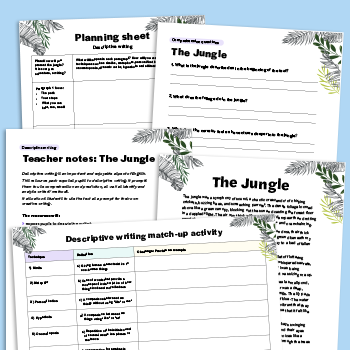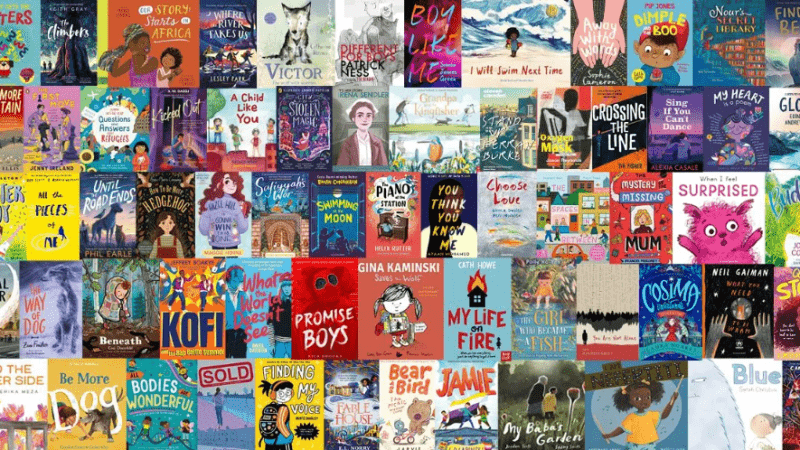How to engage every pupil

What engages one child might be different to the next but there are ways to ensure every pupil gets involved, says Ginny Bootman…

The other day a member of staff new to our school referred to me as “a walking Pinterest”. She said I have a “gift” to be able to make something out of nothing.
I’m not so sure, but it got me thinking. What is interest? A dictionary definition states interest as “the feeling of wanting to know or learn about something or someone”.
But what makes an individual interested in an activity? It seems to differ between individuals.
If I ask the question, would you rather have a Lego kit to make a model from a plan or make your own from random pieces, I’m always met with a mixed response. (I always make sure that they know that there will be lots of wheels included!)
I think of this as epitomising the two types of activities involving interest: closed activities (as in the Lego model kit) and open activities (where children can take chances and express their interest through the freedom of the activity).
In my classroom I use a mixture of these approaches. I also think it is important to manage resources carefully.
For example, recently my class were researching about Earth as part of our topic on science.
I ensured that there was an iPad or laptop one between two and on this occasion I chose the partnerships; I made sure that they knew that the information they were gleaning was to form part of a written fact file for later in the day.
In this instance, children were interested in what they were learning about because they knew it would be used for further work. Also, they were actively encouraged to find out facts different to those of their peers, which was very empowering.
This opens the door to the question I think we all would like to ask when we undertake any activity: “Why are we doing this?” I once worked with a teacher who quite frequently had children watching a very lengthy video, at the end of which they were asked questions about its content.
When they didn’t know the answer, he berated them and told them that they should have listened more carefully. Well, no. Actually, he, as the teacher, should have told them what the questions were going to be. It fills me with dread the thought that someone could do the same to me.
When thinking about injecting interest into our lessons, we need to think about what interests us as individuals. I try to imagine how I would feel if I was a child sitting in the class that I am teaching. A key question is, would I be interested?
Does interest sit alongside involvement? I believe they are firmly entwined. If I am fully involved, then I am interested. I also firmly believe that an interested teacher makes for an interested class.
We should realise that our lesson can begin travelling in one direction but a diversion can easily occur due to the interest of our audience or realisation of actual knowledge or lack of understanding.
The road of interest is not a straight one but rather it takes many different turns and can reach dead ends. Children are our best signals and we need to watch and learn from them.
The other day my lesson reached many different cul de sacs. I asked the children to draw a picture of a rocket; there was a joint inhalation of breath by all participants.
What ensued was pupils choosing their level of difficulty, led by the children themselves. I was a mere onlooker as they unpicked the activity. And I’m pleased to report that all children maintained a suitable level of interest.
And so I refer back to the dictionary definition. The children in my class, by their own perseverance, wanted to know and learn about something and so were fully engaged.
Am I a walking Pinterest? I’m not sure I’d put it quite like that. Do I ensure that the children in my class learn through lessons that fully engage them? Well, I do my best and listen to my class and change my lessons accordingly – so I am hopeful on that score.
Ginny Bootman is a speaker on the subject of looked-after children and the role of empathy in the classroom. She is a SENCo at Evolve Church Academy, Northamptonshire. Follow her on Twitter at @sencogirl.












